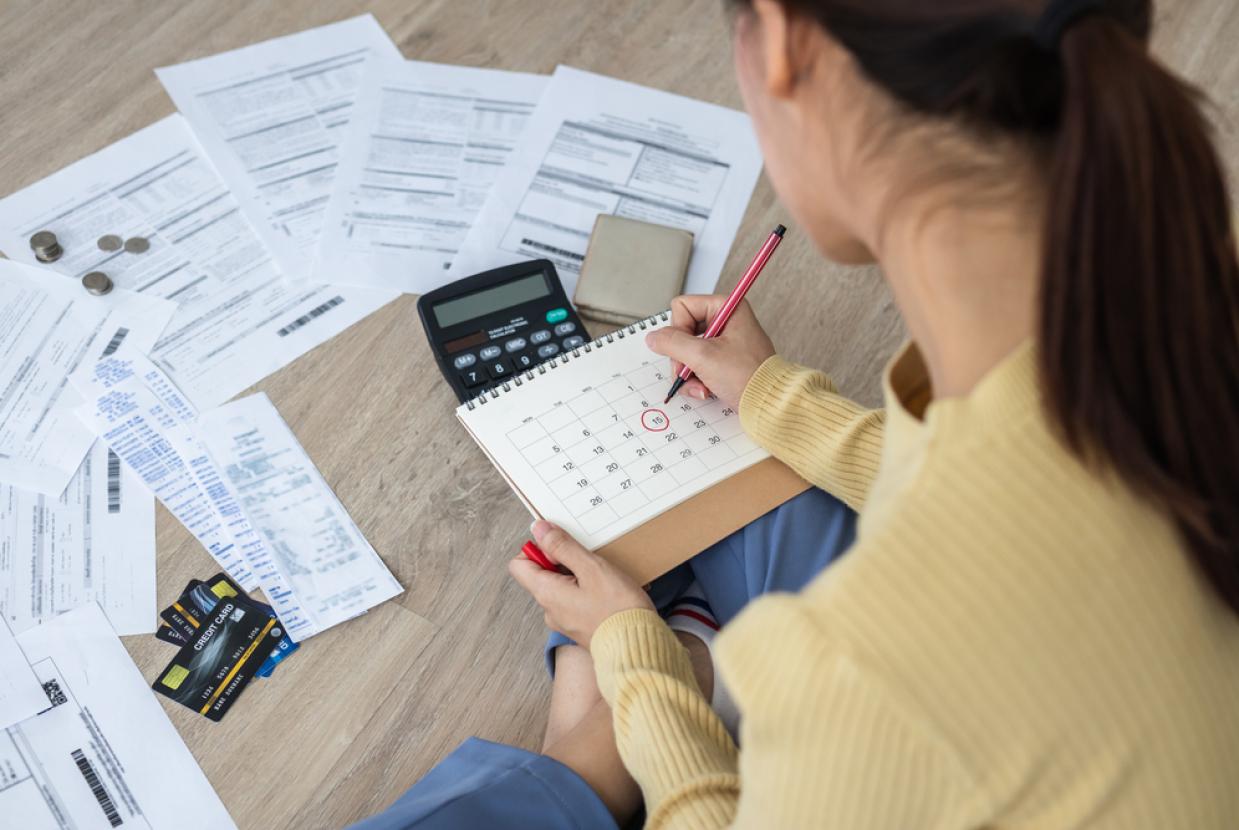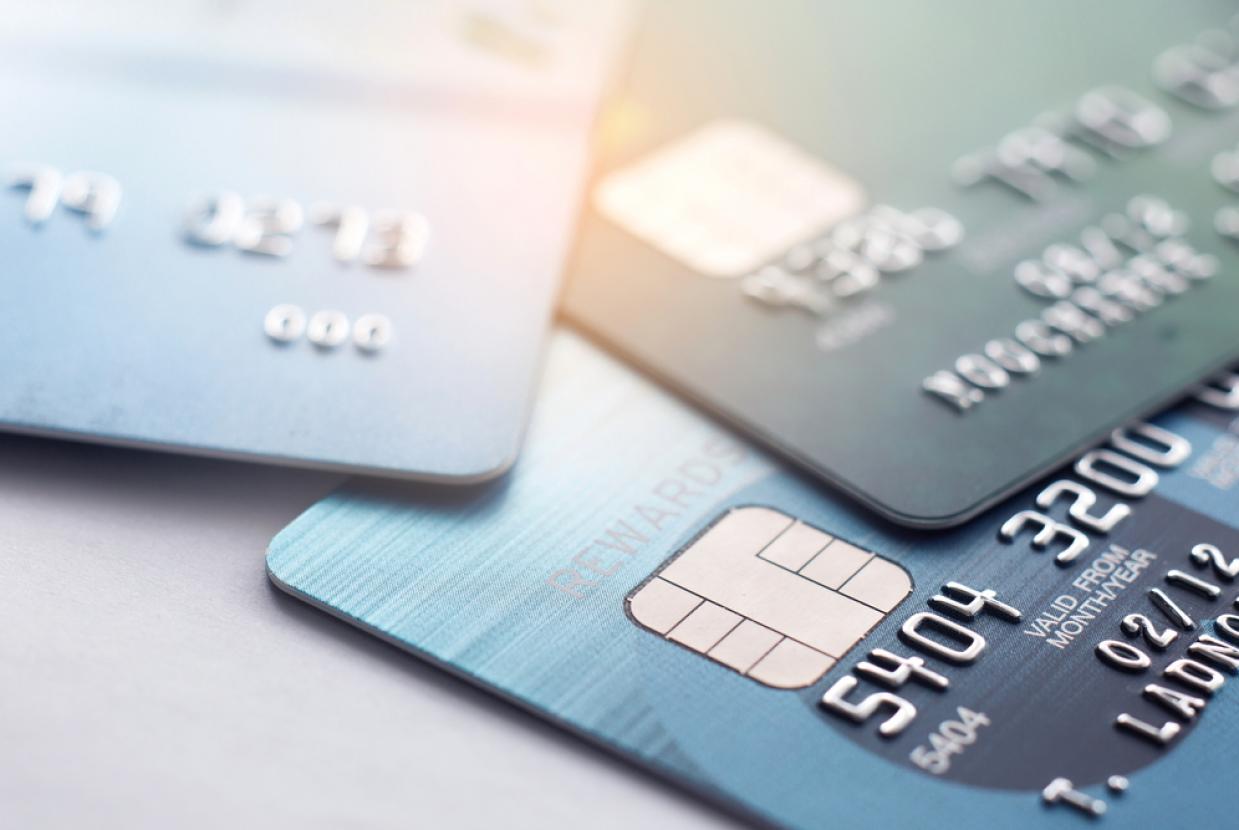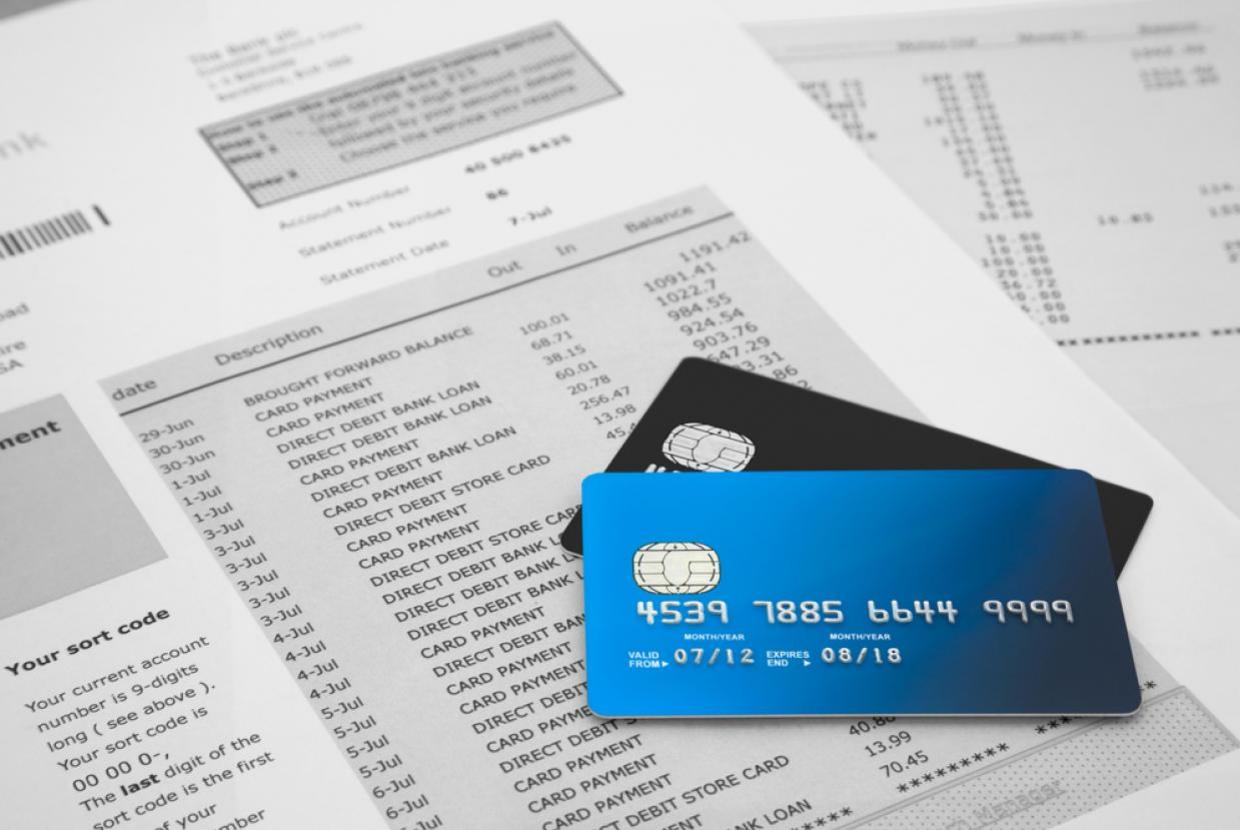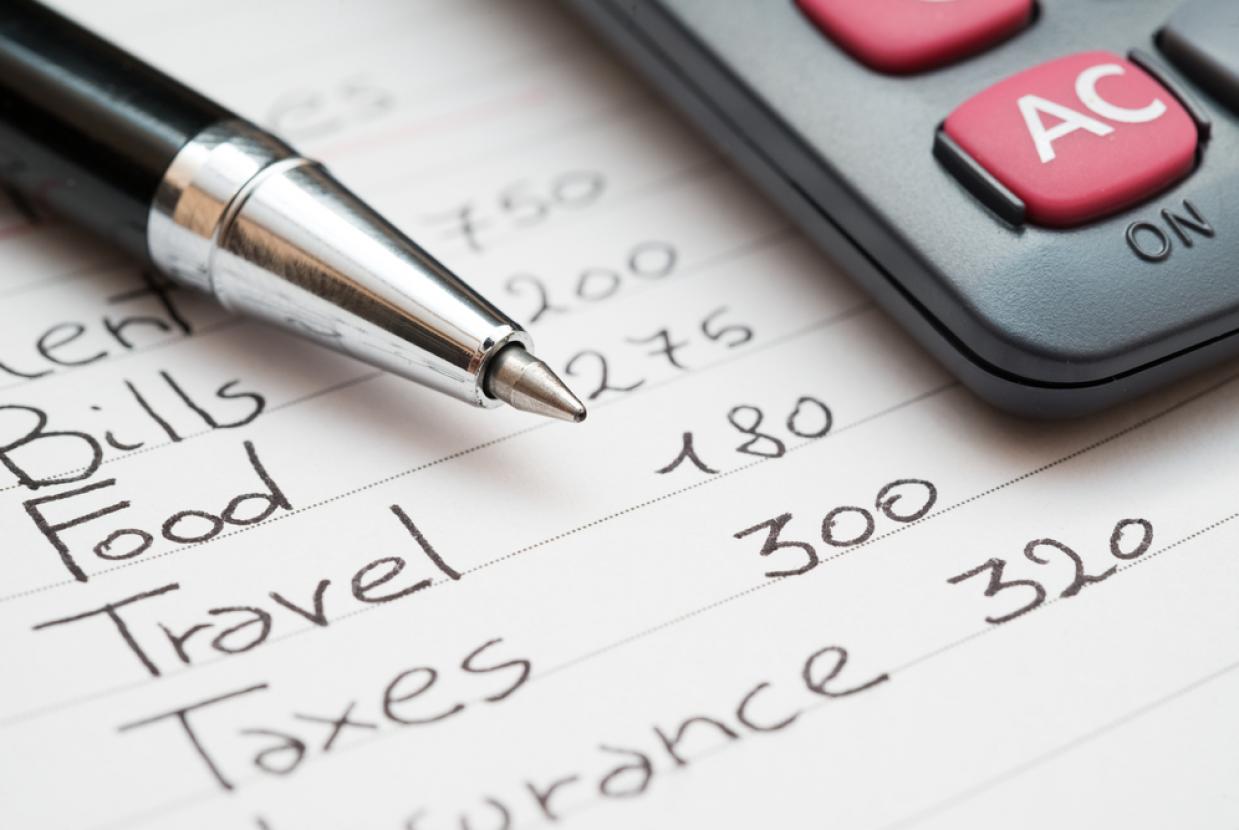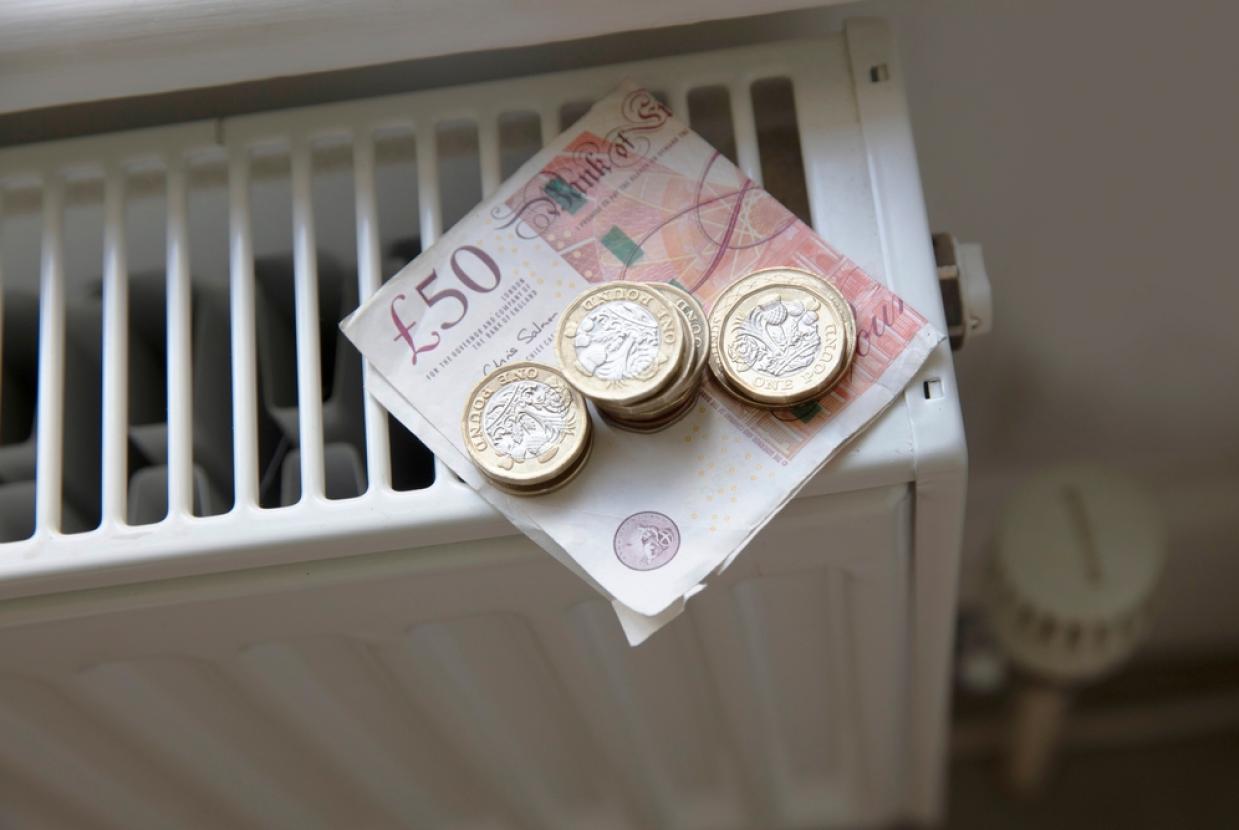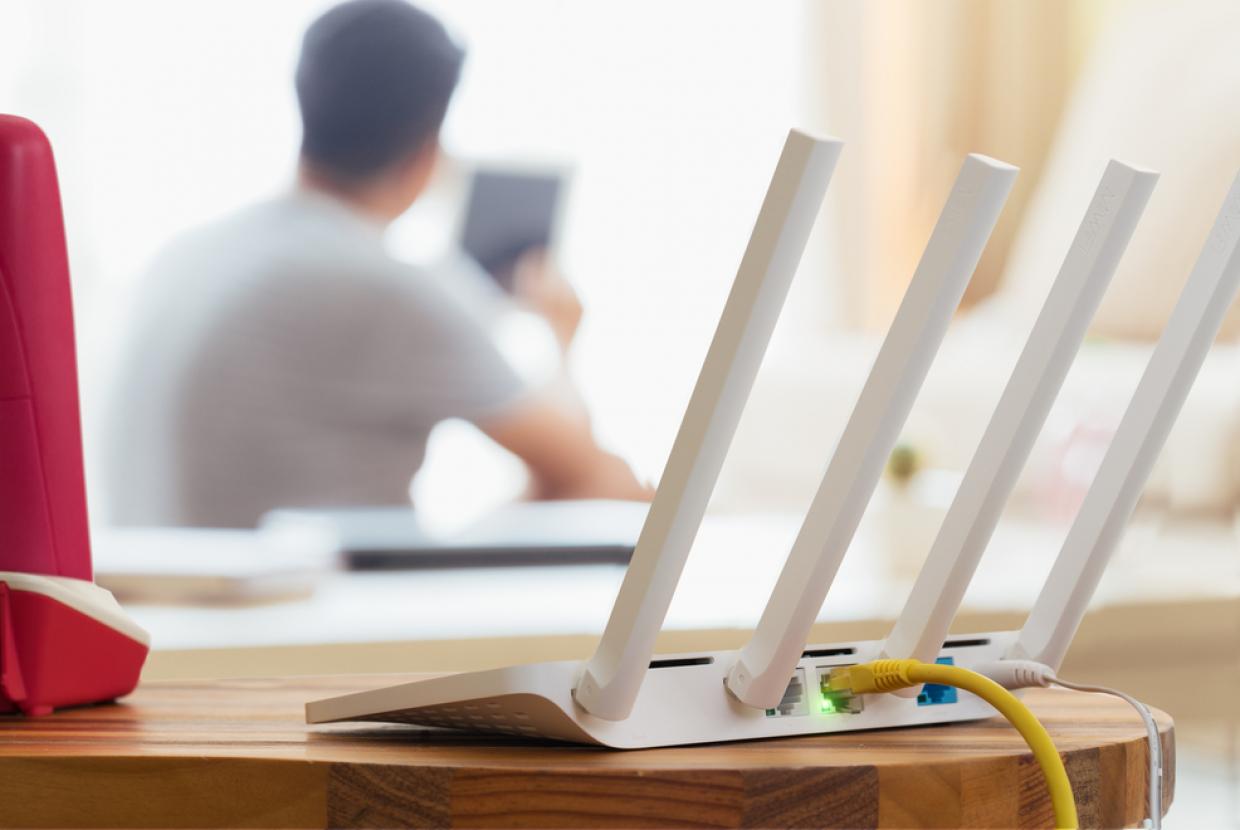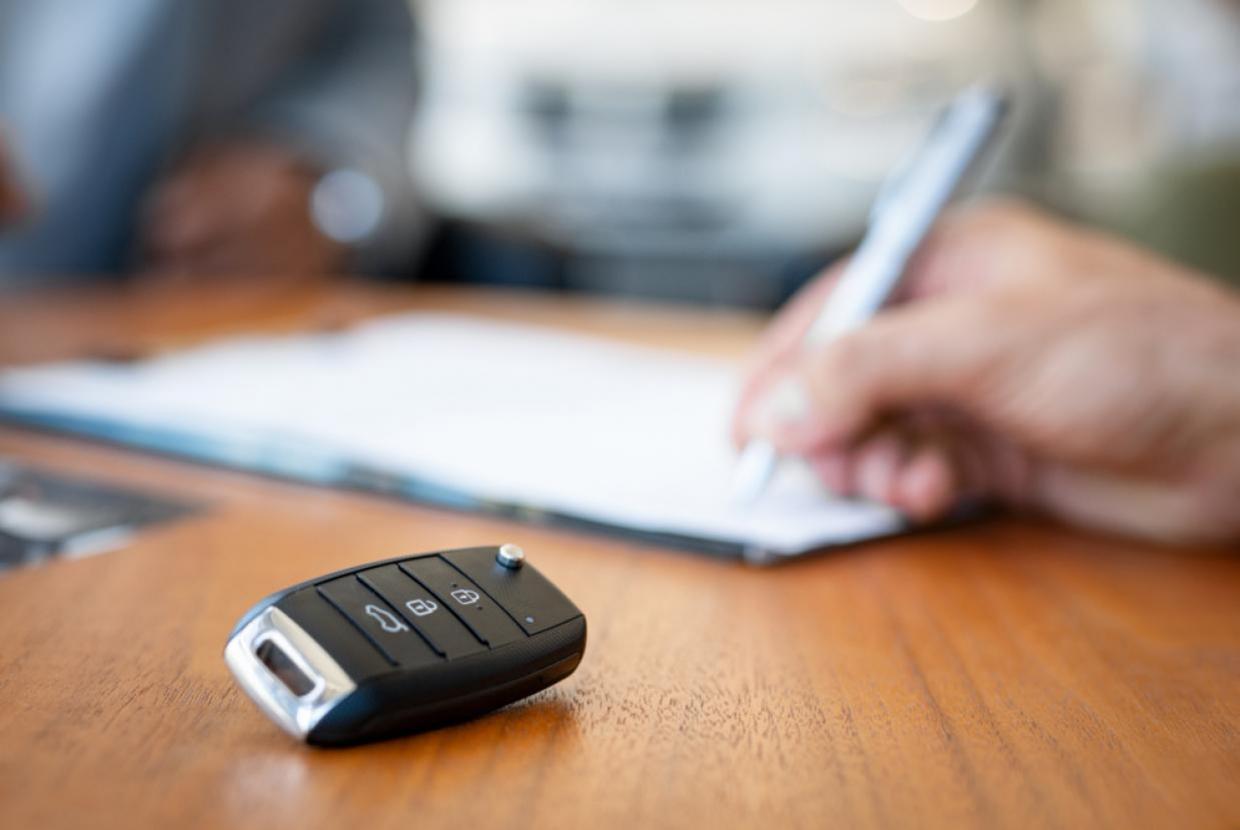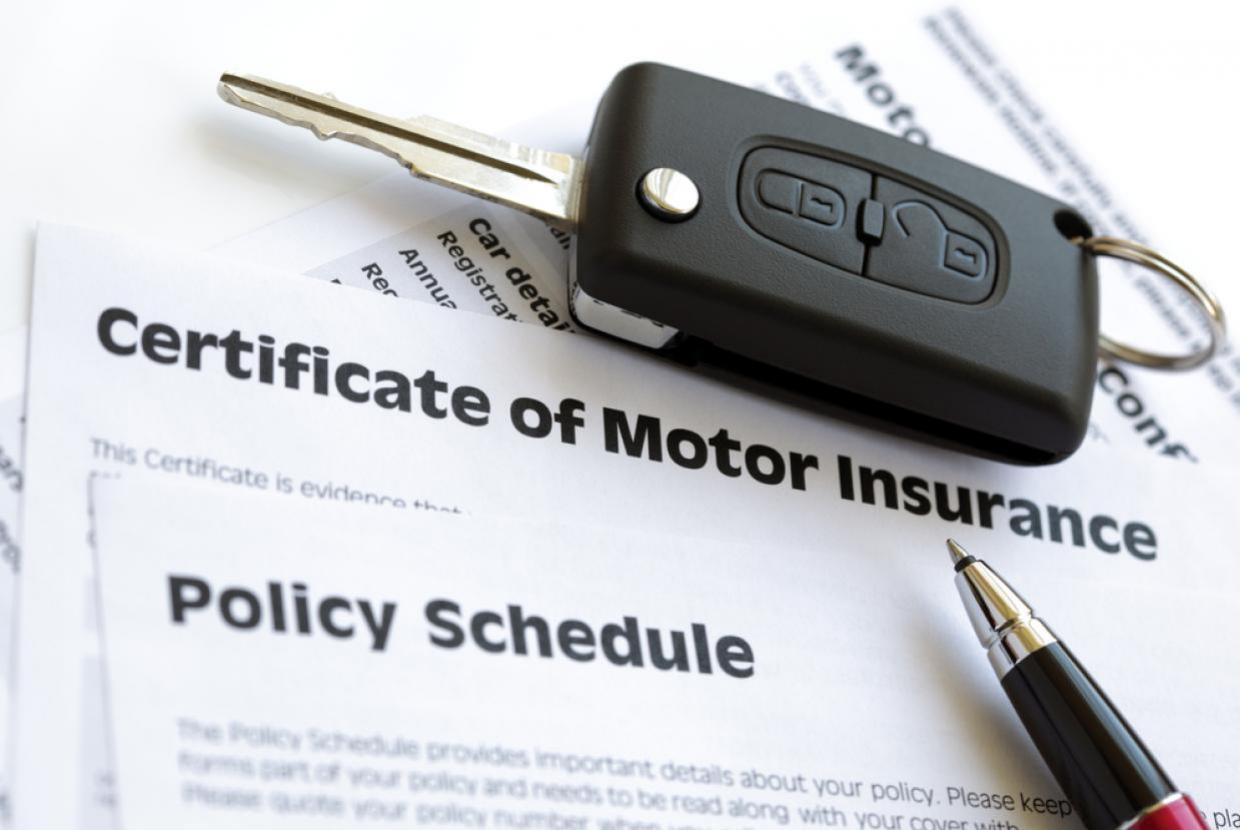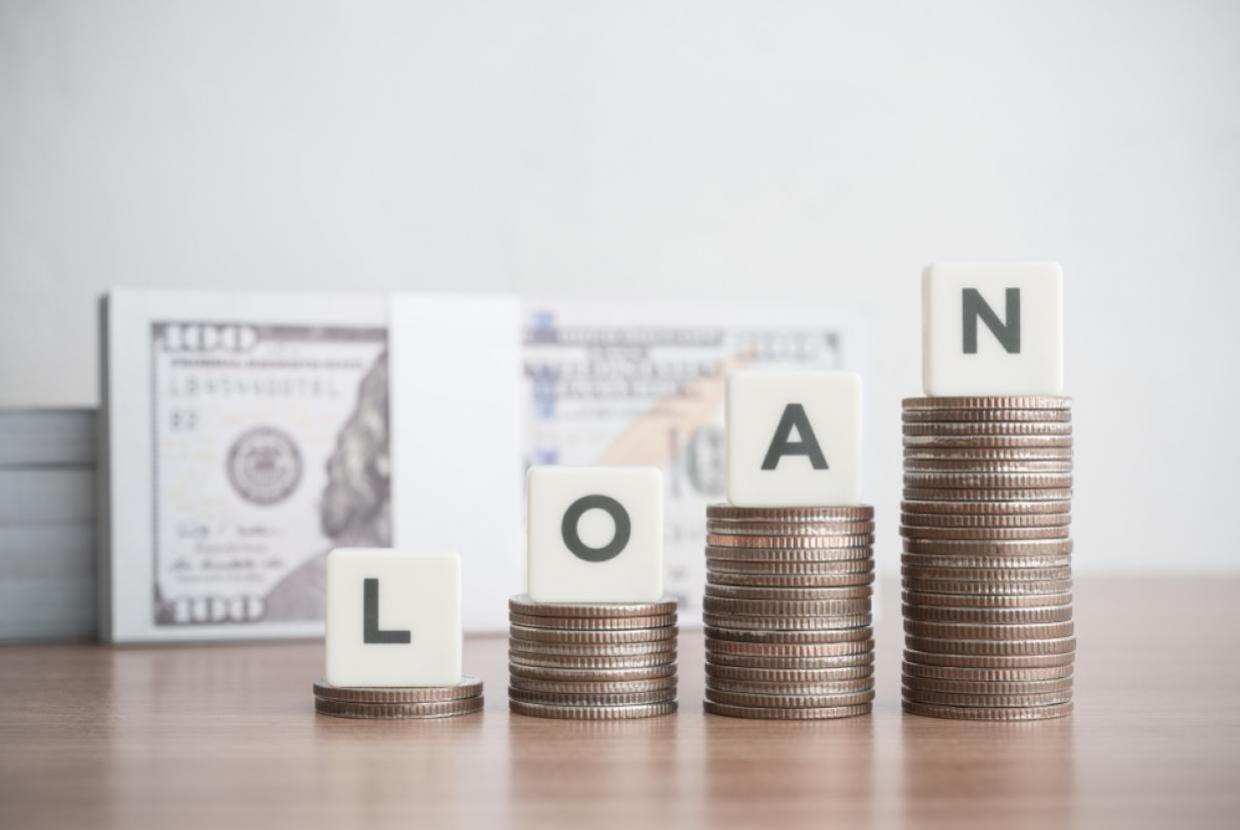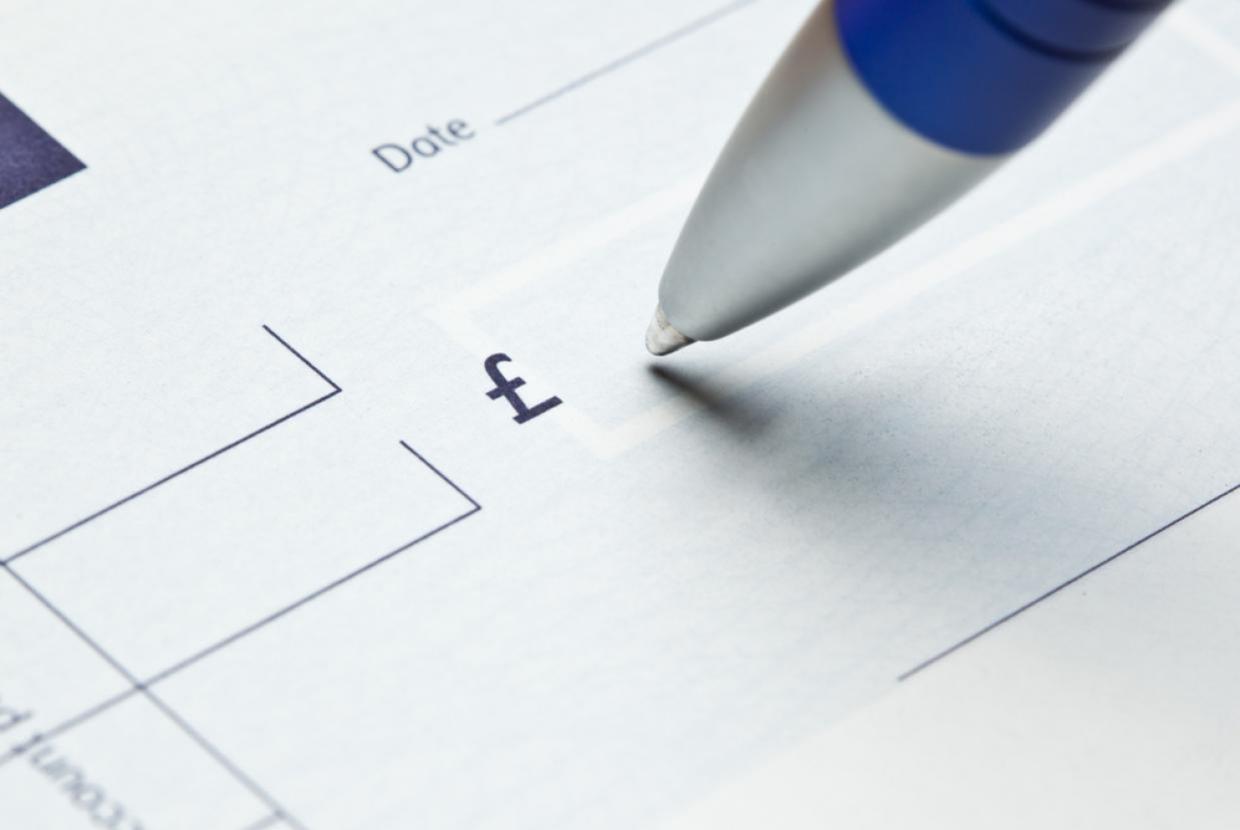How Much Electricity Am I Using?
Managing Your Money / EnergyRecent steep increases in the cost of electricity mean that it’s more important than ever to find savings. And to do this, it helps to focus on the things that use the most, and so cost you most money …
Some electrical appliances use a lot of electricity. Others don’t. As a rule, those with moving parts or which produce heat use much more than those that produce light or sound.
So if you want to save electricity, there’s no point worrying about a digital clock or an electric razor since these use so little power you would hardly notice the difference. The big savings lie elsewhere.
See table below for ratings for different appliances.
What uses watt?The largest proportion of most household’s electricity bill comes from running appliances like washing machines, dishwashers and electric showers.
Every appliance has a power rating, usually given in watts (W) or kilowatts (kW) (1000W = 1kW). This is the amount of electricity it needs in order to work. Of course, the amount of electricity it uses depends on how long it’s on for.
An item like a fridge has a low wattage, but it will use a lot of electricity because it’s in use continually. And an iron will also use a lot of electricity because although it’s only used now and again, it requires a lot of power to make it hot.
This table show what it costs to use a range of common appliances. We’ve taken an average power rating for each appliance; the actual power rating will depend on the size and specifications of the appliance. So cost of running, say, your microwave, could be a little more or a little less than the figure given.
NB The costs below are based on a unit price for electricity of 27p per kWh (average direct debit rate) which was the average price as of April 2025.
For some appliances we’ve only listed the cost for either an hour (column 2) or ten minutes (column 3). This is because no one boils a kettle for an hour at a time, or puts on the fridge for 10 minutes. Figures rounded up to the nearest 1p.
Appliance (with average power rating) | Cost per hour | Cost per 10 mins |
Electric shower (9000 W) | £2.43 | 42p |
Immersion heater (3000 W) | 81p | - |
Kettle (3000 W) | - | 14p |
Tumble Dryer (2500 W) | 68p | 12p |
Electric heater (2500 W) | 68p | 12p |
Oven (2100 W)** | 57p | - |
Washing machine (2100 W) | 57p | - |
Oil-filled radiator (2000 W) | 54p | 9p |
Hairdryer (2000 W) | - | 9p |
Hob (2000 W) | 49p | 8p |
Grill (1500 W) | 41p | 7p |
Iron (1500 W) | 41p | 7p |
Toaster (1000 W) | - | 6p |
Microwave (1000 W) | 27p | 6p |
Electric mower (1000 W) | 27p | 6p |
Vacuum cleaner (900 W) | 24p | 4p |
Dehumidifier (500 W) | 14p | - |
Towel rail (450 W) | 12p | - |
Plasma TV (350 W) | 9p | 2p |
Fridge-freezer (300 W)** | 8p | - |
Freezer (150 W)** | 4p | - |
Fridge (150 W)** | 4p | - |
Heating blanket (150 W) | 4p | 1p |
Desktop computer (140 W) | 4p | 1p |
Games console (120 W) | 3p | 1p |
LCD TV (120 W) | 3p | 1p |
Laptop (50 W) | 1p | - |
TV box (40 W) | 1p | - |
DVD player (40 W) | 1p | - |
Extractor fan (20 W) | 1p | - |
Broadband router (10 W) | - | - |
** Appliances like ovens, fridges and freezers turn themselves off when they reach the required temperature, so for some of the time that they are in use they won’t be using much or any electricity. So the daily cost of running a fridge or freezer is not 24 x the hourly cost.
lectricity is sold by the kilowatt-hour (kWh) – usually referred to as ‘units’ on your electricity bill. You can work out how much an appliance costs to run by multiplying its wattage by the amount of time it’s on and then by the cost of electricity.
So let’s say you have a 500W (0.5 kW) dehumidifier and you run it for a whole day (24 hours). It will use 12kWh of electricity (e.g. half a kilowatt every hour). Electricity now costs around 27p per unit, so multiply 12kWh by 27p and you get a grand total of 324p, or £3.24. This is what it costs to run the dehumidifier all day.
Bear in mind that sometimes a higher-wattage appliance will actually use less power overall than a lower-wattage one because it is well designed and does its job quicker. An energy efficient dish washer, for example, may have a power rating of 2kW – the same (or higher) as a non-energy efficient one. But it completes its cycle quicker, so while it may use the same (or more) electricity per hour, it’s working for less time so uses less energy overall.
In other words, don’t judge the energy efficiency of a device only by its given power rating, particularly if it is controlled with thermostat or operates on a timed cycle.
Instead, if you’re buying a new fridge or TV or other appliance, the best way to judge its energy efficiency is the label. Those rated A are the most efficient for their size. To compare between differently sized appliances, energy labels also now print suggested kWh usage per annum for each appliance.
Energy monitors
These are are wireless devices that can tell you useful things like how much electricity is being used at that moment, as well as how much was used last week or last month. Your energy supplier should provide an energy monitor (also called in-home display) if you have a smart meter.
Content sourced from the Centre for Sustainable Energy (cse.org.uk).


